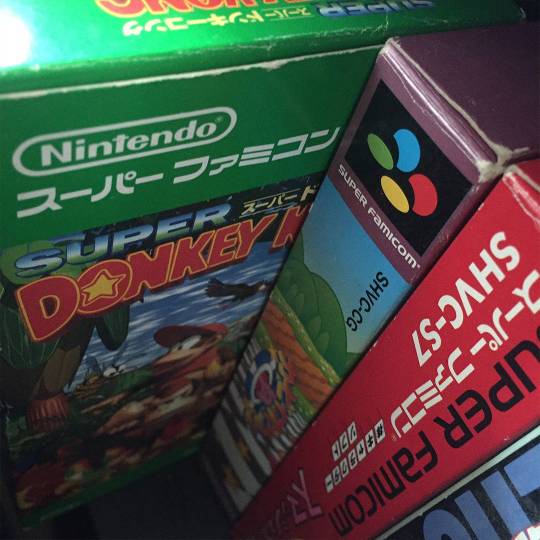Japan Retro Games – How To Start Collecting
Japan Retro Games – How To Start Collecting the easy way
You don’t just get up one day and think, “I am going to start collecting Japanese video games” well maybe you do if you’re like us, but in general the average casual or even mainstream gamers don’t go down the Japan gaming road. So what type of gamers and game collectors do, and how to get started…
First, let’s start off with collecting games in general before we take a look at Japanese game collecting and japan game importing.
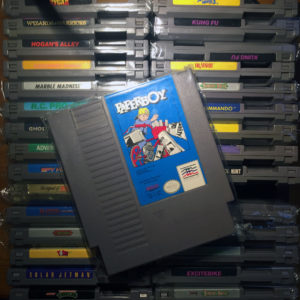
Well, if you own more than a couple of games then you already have a small collection. Most gamers generally start off with 5-10 games that they enjoyed playing and then decide to add more to them over time.
The key difference with a gamer and a game collector is that a game collector typically won’t want to let go of the game once they have bought. Whereas casual gamers tend to sell off or trade their games once they are done with them.
In addition to this, a game collectors mindset will be on a specific focus for what they are looking for. Game collectors often narrow down their search to a specific genre, platform or even publisher depending on how they are going to build their collection.
For example, some retro game collectors may focus on getting all games published for an entire console series such as the NES, SNES or N64 for example.
Say for the Nintendo Entertainment System (NES). There are a total of 716 known licensed game titles that were released on the NES console during its lifespan, 679 of these games released in North America. So some collectors will go after completing the full North America series first, then a full release series or other consoles.
Besides this, retro game collecting can be an expensive hobby with some games like Chrono Trigger and Earthbound changing hands for hundreds of dollars.
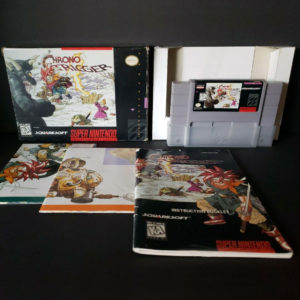
For serious hardcore game collectors, things such as value, quality and rarity are can be very important factors in the games that they are looking for and maybe more of a goal than just an entire complete series for a particular console.
Ok so now we have established what game collectors are and what they do, let’s focus on Japan retro games collecting.
So why do some gamers and collectors consider to buy Japanese games and Japan retro games?
With new games often Japanese games get released in Japan a bit earlier than other regions, although this is not always the case.
Some Japanese games have never seen a release outside of Japan. As they are only released for the domestic market some games will never get a North America or European release, so importing is the only way to get hold of and play those games.
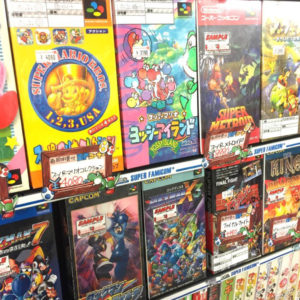
Quality – for the Japan retro games market, in Japan they have a 4 tier grading system of A, A’, B and C.
A is top condition and mint. Often unused, unopened and in immaculate condition. Complete
A’ is very good but is preowned usually complete.
B is showing some use but still ok
C is the lowest grade and might have some major defect (such as a massive scratch or, say, lack of instruction manual).
In Japan, they also have a term called “Junk” normally applied to loose, broken or ‘sold as-is’ carts and other unboxed systems or miscellaneous gaming items with missing parts.
Availability – Retro gaming in Japan has been part of the video game culture since its rise in the late 70s and has always received respect, devotion and a big following.
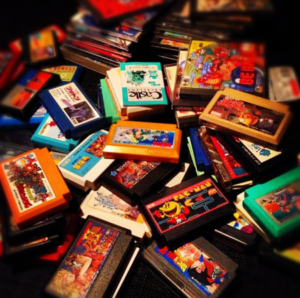
Even in the days before the internet went mainstream in the 90s, in Japan – already in the 80s – Mooks (a portmanteau of “magazine” and “book”) were printed out in large quantities with the story, specs, and details of many retro games.
Japan retro games masterpieces like OutRun, Space Invaders, and Mario in their various formats like Arcade PCB, Mooks, LDS, VCD, VHS etc and conversions such as Famicom, PC Engine, Saturn and Dreamcast have always been objects of cult and collection in Japan.
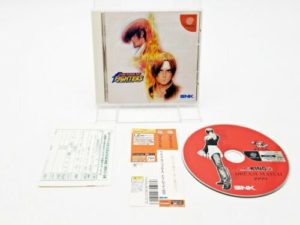
While in the west during the 80s and 90s the gamers moved along with the market (example: from NES to SNES, or Master System to Mega Drive) selling off immediately all their old stuff and not keeping it, in Japan the phenomenon of collecting the old stuff was already present, with dedicated shops.
Now because of this background and Japanese culture, gamers in Japan typically take good care of their games and gaming products so it’s often easier to find more volume of higher quality retro games and retro consoles. This makes Japanese retro game collecting an appealing opportunity as the range and availability are out there.
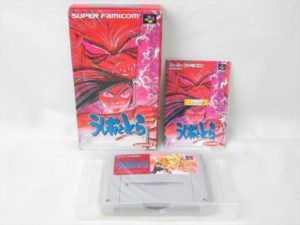
Let’s quickly dispel something here, the myth that Japan retro games are super cheap. Ok, so whilst a lot of retro games were more popular nationally in Japan the supply is higher.
Japanese also didn’t care much for the practice of reselling used goods nor collecting initially so demand was lower. However, that has changed and prices have increased over time.
There is also the case that different titles are expensive in Japan than in the US or Europe. Shmups for example, in Japan they are far more expensive for the most part.
However, in general, you can get some games much cheaper and in better condition from Japan and here is why:
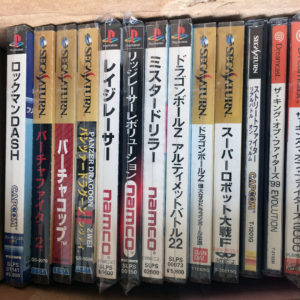
Games like Mario titles and other big-name Nintendo games are cheaper cause they sold so many and there isn’t a huge resurgence of young kids getting into the “cool” retro scene.
A big part of the Japanese culture is minimalistic living. They don’t have huge game collections like westerners for the most part.
In addition, Japan doesn’t have the YouTube phenomena where Youtubers have influenced the prices of retro games to go up.
Japanese gamers have also transitioned to digital collections and largely to the usage of handheld consoles and cell phones which is a popular form of gaming.
JRPGs are much cheaper in the western market because they are in the Japanese language only and most of the world other than Japan is unable to read it.

So for many collectors that either have finished their US/European games collections or decided they don’t want to pay huge amounts of money or those that are interested in the range and vibrancy of Japan retro games, many of which won’t have been released in their country, then Japan retro game collecting is the way to go.
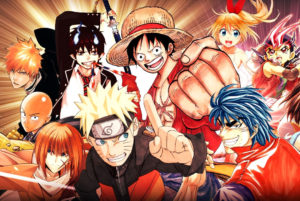
Besides game collectors many gamers who also love Japanese pop culture and anime. For those folk, it’s a no brainer to dive straight in and collect Japanese games that match up with their favorite Anime or Manga book. Many of these “weeaboo” (Japanophiles) already collect toys, figures, books, movies and music from Japan, so games are just the next step for them anyway.
Now with all that out the way, it’s time to move onto the most important part, before buying and that’s research!
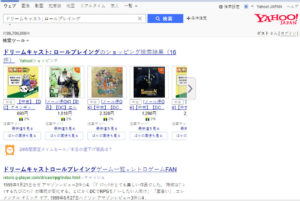
First things first, you need to decide on a platform and console you’re interested in for example it might be the Famicom which is the Japanese version of the (NES). You then need to start with a game or games that you are interested in.
Of course, if you’re going to play these you will also need a compatible Japanese console or retro playable system.

Now the good news is that for most of the old systems there is in fact an easy way to actually play Japanese games on US NTSC and EU PAL systems without any modding required. However, it does require an adapter or boot disk for most of these to work.
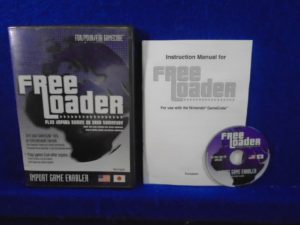
Now you will want to select the genre or types of games you’re interested in or even the title of the specific game if you know it. There are dozens of game list available online with a little googling which will give you the console and entire name of the game in English and Japanese.
Catalog numbers are your best friend! Ever wondered what those weird combinations of letters and numbers are on your disc or in the corner of your cartridges?
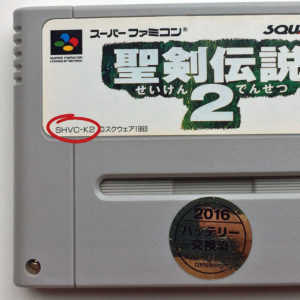
Well, those are the individual catalog numbers for every single game that’s printed. Once you have located the catalog number for a game that you’re interested in you can easily look it up online to do more research or find sellers and prices.
In addition to prices, it can also be a huge help if you see a game cover but cannot read the writing as it’s in Japanese. Look for the catalog number on the game box, disc or cart picture and then whack it into google and 9/10 times you will find the product name written in English and more info on the game.
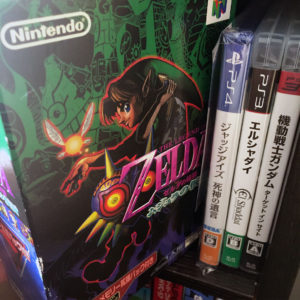
If you are looking for games that will be easy to play and not worry so much about the Japanese language issue, then go to YouTube, do a search for a video of the game you’re interested to watch so you can get an idea of what the game is about and its content.

Games like shmups, action, beat ’em ups, fighting, platformers and driving games are some of the easy ones to get started with and you can literally plug-n-play once you’re through the main menu. Visual novels whilst beautiful will have Japanese text to deal with, much like JRPGs which will have chunks of text during character dialogues and interactions.
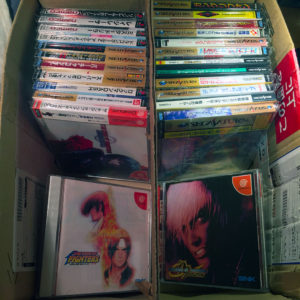
However, there have been some ways around this with some translations. One method we’ve heard talked about is just using a mobile phone aimed at the screen running Google Translates camera mode with changes text in real-time as an augmented overlay.
Another development is the universal game translator which sounds promising, more on that here. https://www.vice.com/en_us/article/pajamg/this-tool-can-translate-any-japanese-rpg-as-you-play
If you want to start looking for games in Japanese you can use Yahoo Japan or Google and begin digging in by genre:
Here are a few labels you will typically see, most of which are pretty self-explanatory.
ロールプレイング Role-playing games.
シミュレーション Simulation games.
アクション Action games.
音楽 Music games.
シュティング Shooting games.
アドベンチャー Adventure games – You’ll find your visual novels here.
スポーツ Sports games.
レース Racing games.
テーブル Table games. Card games, board games and everything in-between.
パズル Puzzle games.
トレーニング Training games.
ポケモン Pokemon Pokemon games and spin-offs
任天堂 Nintendo (sometimes written in the katakana ニンテンドー ).
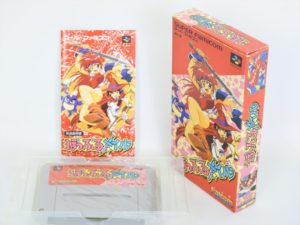
Once you know what Japan retro games you want you can start looking for a seller. Now there are plenty of people selling games direct from Japan on eBay and similar platforms, but many of these sellers are aware that western buyers will pay a premium for import stock and as a result, the prices are slightly inflated.
Think about it, usually, it’s not possible to walk into your average video game store in the west and pick up Japanese games on the cheap, so buyers often don’t have an issue with paying more for the privilege.
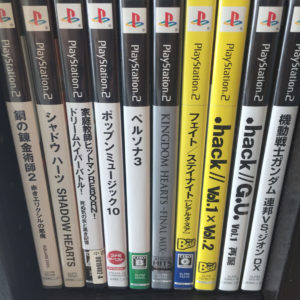
Also, there is quite a bit of leg work involved first. Japan doesn’t have eBay, only Yahoo Auctions which is a similar thing.
On this site, you can find a lot of common Japanese stuff but without a Japanese address or ability to speak the language, many of the sellers won’t allow you to bid.
There are a few services that can help do the middle man bit for you but again there are service fees involved, storage deadlines and shipping costs, not to mention the possibility of additional customs clearance costs if they declare your packages.
However, we decided at Retrobit Game to cut out the eBay middle-man and overseas buying agents by sourcing our own stock of Japan retro games, directly from Japan and helping our customers to import Japan video games directly at a fair price.
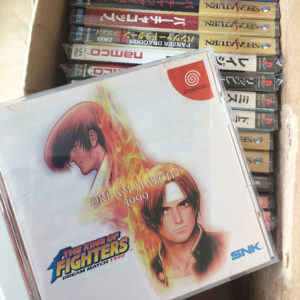
Our benefits: no language barriers, full English website, no additional inflated costs, fair market selling price, safe delivery with tracked shipping.
Securely tracked and signed for delivery to your door. We take genuine pictures of every individual piece of stock and product that arrives at our warehouse so our customers know exactly what they are buying and going to receive with no surprises.

So if this has got you curious or excited to try out some Japan retro games, you can click over to our shop and take a look! Have fun and happy Japan video game collecting! P.S if you have found this article helpful please share the link on your social, forums or with your friend’s cheers!

